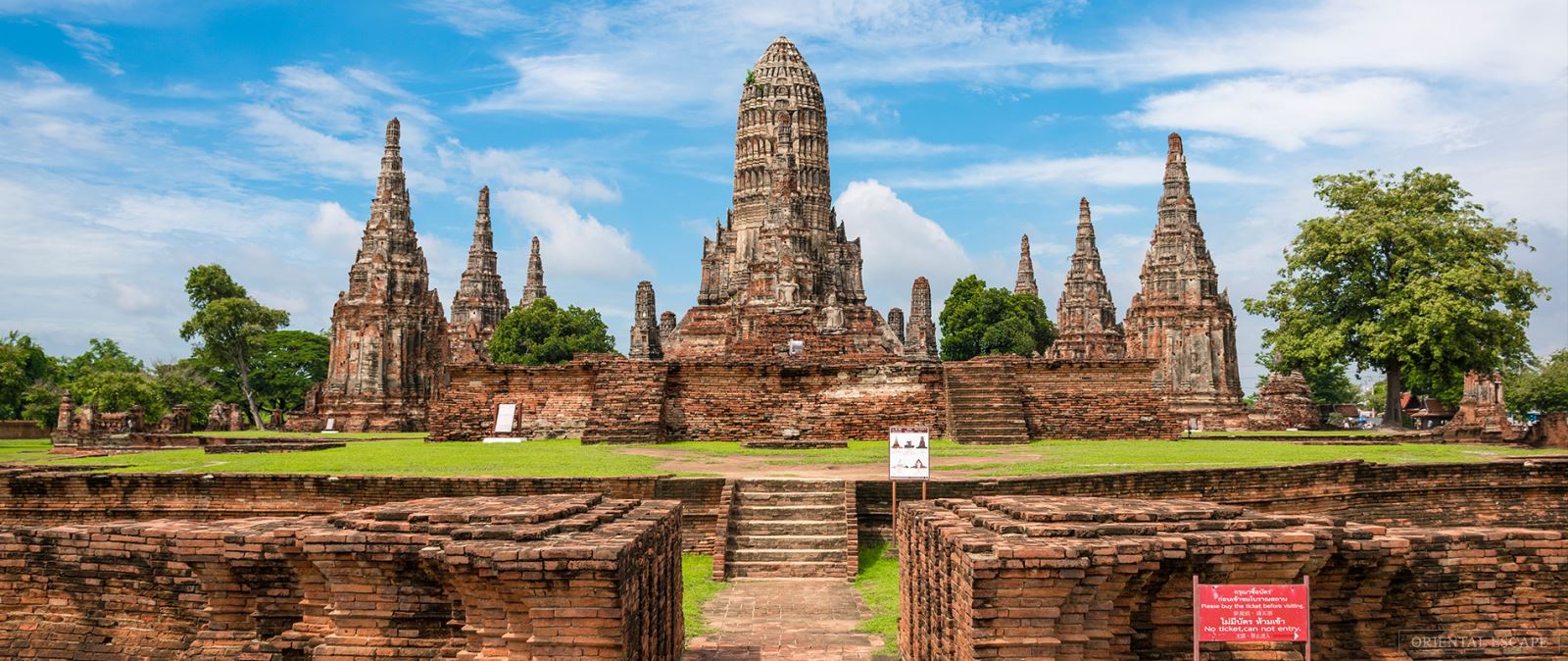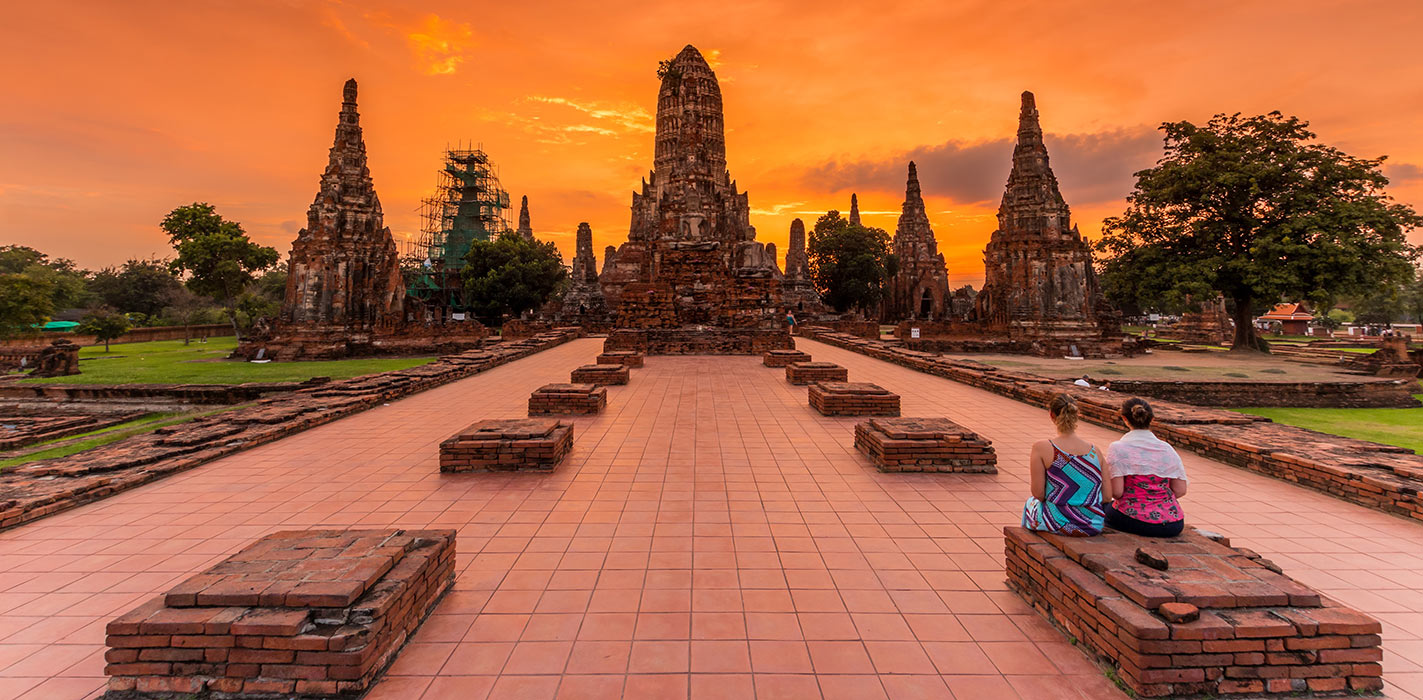
Ayutthaya is named after the city of Ayodhya in India, the birthplace of Rama in the Ramayana; phra is a Thai royal and noble title; nakhon designates an important or capital city (from Sanskrit: Nagar); the Thai honorific sri or si is from the Indian term of veneration Sri.

Ayutthaya was founded in 1351 by King U Thong, who went there to escape a smallpox outbreak in Lop Buri and proclaimed it the capital of his kingdom, often referred to as the Ayutthaya kingdom or Siam. Ayutthaya became the second Siamese capital after Sukhothai. It is estimated that Ayutthaya by the year 1600 CE had a population of about 300,000, with the population perhaps reaching 1,000,000 around 1700 CE, making it one of the world's largest cities at that time, when it was sometimes known as the "Venice of the East".

In 1767, the city was destroyed by the Burmese army, resulting in the collapse of the kingdom. The ruins of the old city are preserved in the Ayutthaya historical park, which is recognised internationally as a UNESCO World Heritage Site. The ruins, characterised by the prang (reliquary towers) and gigantic monasteries, give an idea of the city's past splendour. Modern Ayutthaya was refounded a few kilometres to the east.














